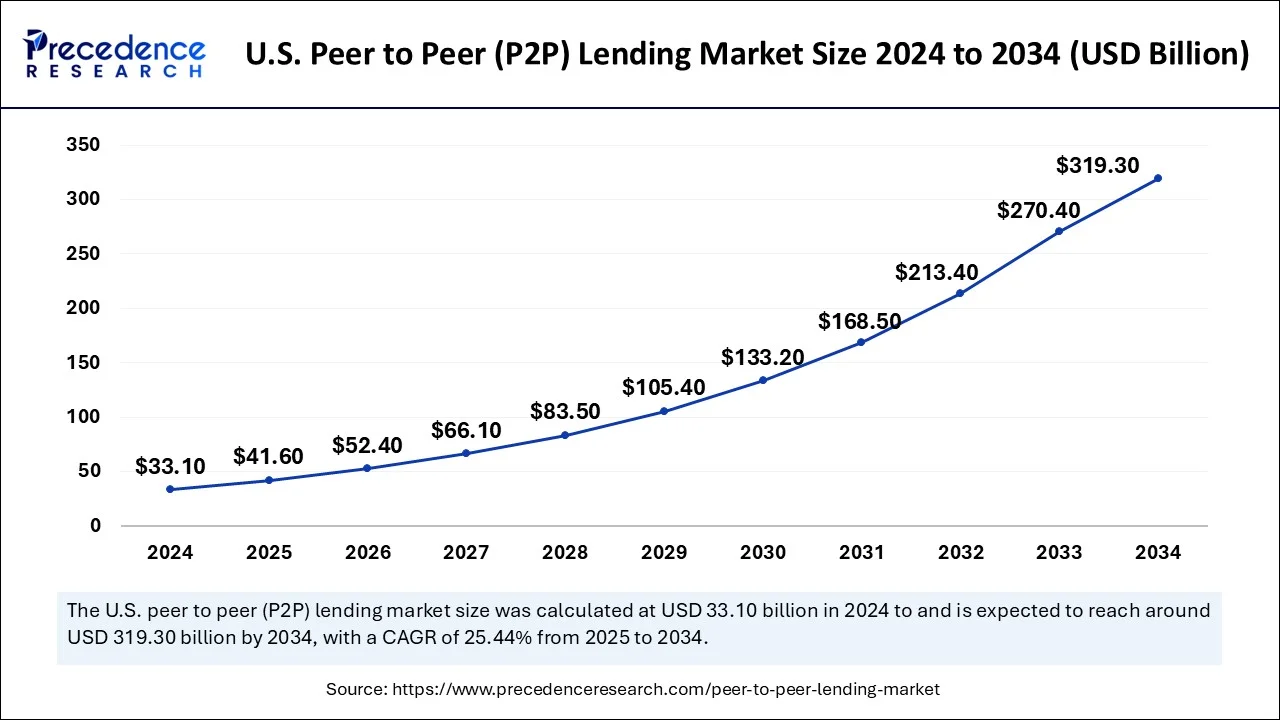The Federal Reserve, often referred to as the Fed, is the most powerful financial institution in the United States and one of the most influential in the world. Its primary responsibilities include managing inflation, regulating interest rates, stabilizing financial markets, and promoting sustainable economic growth. While these functions are vital to the health of the U.S. economy, the Fed’s role goes far beyond policy decisions alone. Its announcements—whether about rate changes, inflation outlooks, or future strategies—carry immense weight and have the power to move global markets instantly.
Understanding how these announcements shape market movements is crucial for investors, businesses, and everyday Americans who may not even realize how deeply connected their financial lives are to the Fed’s communication strategies.
Why Federal Reserve Announcements Matter
Markets thrive on certainty, and one of the Fed’s main goals is to provide stability. However, financial markets are highly sensitive to expectations. Even before the Fed implements new policies, its words often spark immediate reactions in stocks, bonds, currencies, and commodities.
The Fed communicates its decisions through statements, press conferences, meeting minutes, and speeches by officials. These announcements influence investor sentiment and expectations about the direction of the economy, which directly translates into market volatility. In other words, the Fed doesn’t just manage monetary policy—it manages perceptions.
Interest Rate Decisions and Market Reactions
Perhaps the most closely watched Fed announcements are those concerning interest rates. When the Fed raises interest rates, borrowing costs increase. This slows consumer spending and corporate investment, often cooling the economy. In contrast, when the Fed cuts rates, money becomes cheaper to borrow, fueling growth and risk-taking.
Markets react instantly to such decisions:
- Stock Market: Lower interest rates often boost equities because companies can borrow cheaply and consumers are more willing to spend. Higher rates typically weigh on growth stocks and sectors sensitive to borrowing costs, like housing and tech.
- Bond Market: Rising rates push bond yields higher, which can make existing bonds less attractive. Falling rates usually drive yields down, pushing investors to seek riskier assets.
- Currency Market: A rate hike strengthens the U.S. dollar as global investors seek higher returns in U.S. assets. A cut weakens the dollar, benefiting exporters but potentially increasing inflation.
Even the hint of future rate moves—sometimes referred to as “forward guidance”—can spark large market swings well before actual policy is enacted.
The Power of Forward Guidance
The Federal Reserve often uses forward guidance as a tool to shape market expectations. Instead of surprising investors, it signals potential moves in advance, giving markets time to adjust gradually. This is why traders parse every word of the Fed’s statements for hidden meaning.
For example, phrases like “inflation remains elevated” or “we remain committed to achieving price stability” can lead markets to believe that higher interest rates are coming. Conversely, language signaling “risks to growth” may suggest rate cuts in the near future.
The exact wording matters. A single shift in tone can cause billions of dollars to move across global markets in seconds. This phenomenon is sometimes called “Fed-speak,” and it demonstrates how language itself is a powerful policy tool.

Market Volatility on Announcement Days
Historically, Federal Reserve announcement days are among the most volatile in financial markets. Stocks, bonds, and currencies often experience large swings within minutes of the statement release.
For example:
- In March 2020, when the Fed slashed interest rates to near zero during the COVID-19 crisis, markets reacted immediately. While the rate cut was meant to provide stability, the announcement signaled panic, causing stocks to tumble in the short term.
- In 2022–2023, when the Fed aggressively raised rates to combat inflation, markets swung wildly depending on whether investors believed the Fed would continue its tightening cycle or pause.
Such volatility highlights the fine balance the Fed must maintain: reassuring markets without creating unintended panic or overconfidence.
How Fed Announcements Influence Investor Psychology
Market movements are not always about fundamentals—they are often about psychology. When the Fed speaks, it affects investor confidence, risk appetite, and herd behavior.
- Optimistic Signals: When the Fed expresses confidence in the economy, investors may pile into riskier assets like stocks.
- Cautious Signals: Warnings about inflation or financial instability often cause investors to retreat into safe-haven assets such as gold, bonds, or the U.S. dollar.
This psychological effect can amplify volatility. Traders often position themselves ahead of Fed announcements, creating a self-fulfilling cycle where anticipation alone moves markets.
Global Implications of Fed Announcements
The Federal Reserve’s influence extends well beyond U.S. borders. Because the dollar is the world’s reserve currency, Fed policies affect emerging markets, global trade, and international capital flows.
For instance:
- A strong dollar resulting from Fed rate hikes can strain developing countries with dollar-denominated debt.
- Fed signals about inflation can influence commodity prices like oil and gold, which are priced in dollars.
- Global investors often adjust their portfolios based on Fed expectations, leading to ripple effects in Europe, Asia, and Latin America.
This is why foreign central banks, corporations, and governments monitor Fed announcements as closely as U.S. investors do.
Criticism and Challenges
While Fed announcements play a vital role in guiding markets, critics argue that this intense focus on communication can sometimes backfire. Overemphasis on Fed-speak may encourage excessive speculation, creating bubbles and sudden sell-offs when expectations are not met.
Additionally, the Fed faces the challenge of balancing transparency with ambiguity. Too much detail can lock it into a policy path that may become outdated. Too little clarity can create uncertainty and panic. Walking this tightrope requires not just economic expertise but also careful communication strategy.
What Investors Should Watch For
For investors, closely following Fed announcements is essential. However, rather than reacting emotionally to headlines, they should focus on key indicators:
- Changes in interest rates (actual moves and projected paths)
- Inflation forecasts and how the Fed views price pressures
- Employment outlook and labor market strength
- Language shifts in forward guidance
- Market liquidity measures during periods of stress
Long-term investors should avoid overreacting to short-term volatility. Instead, they should interpret Fed announcements as part of the broader economic picture and adjust strategies accordingly.
Conclusion
Federal Reserve announcements play a central role in shaping market movements. Whether it is a rate decision, inflation forecast, or subtle change in wording, these signals influence not only U.S. markets but also the global financial system. The Fed’s communication strategy has become as important as its policies themselves, reflecting the interconnected nature of modern markets.




